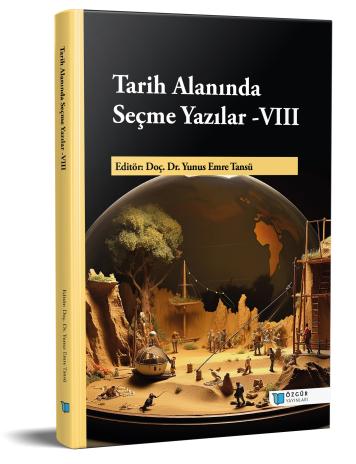
Turkish Islamic Interpretation in Abdulkarim Satuk Buğra Khan's Treatise and Suleyman Çelebi's Mawlid
Chapter from the book:
Tansü,
Y.
E.
(ed.)
2025.
Selected Writings on History -VIII.
Synopsis
Mevlid is a text that accompanies us from childhood to adulthood. It has an important place in our religious and emotional world. Over time, it has turned into a religious tradition and has come to the present day. As this tradition became widespread among Muslim Turks, it turned into a strong understanding/ritual that established unity and solidarity. Already in the pre-Islamic periods, we know the existence of such religious-based formations among the Turks. After the acceptance of Islam, some habits that did not contradict the basic pillars of Islam continued to exist. Mevlid is like a succinct expression of the Turkish-Islamic understanding and the essence of the Turks' Islamic way of life. Even if Mevlid is considered after the half of the 14th century, it has a historical background. The Qarakhanids caused the Turkish-Islamic civilization to take root in their geography. In addition, the Sunni interpretation of Islam, which took on a scriptural identity with the madrasas in the Qarakhanid geography, drew its strength from both the Turkish identity and the main principles of Islam. The Turkish-Islamic line that started with the Qarakhanids spread to other Turkish giants after them. In particular, the madrasaization movement that started with this period was systematized in the following periods and madrasas remained as a part of higher education until modern times In this historical process, Abdülkerim Satuq Buğra Khan played an important role in the conversion of the Karakhanids and especially the Turks in Turkistan to Islam. His epic is an important example of the first period of Turkish-Islamic interpretation. This study is based on the reflection and comparison of the two texts. Because of their nomadic lifestyle, Turks have existed in a very wide area. They encountered various religions and belief systems. They were influenced by both celestial religions and religions consisting only of beliefs and rituals. The outcomes of this process have also been decisive in shaping the interpretation of Turkish-Islam. This study is based on the reflections and comparisons of two basic texts, taking into account the aforementioned processes.

